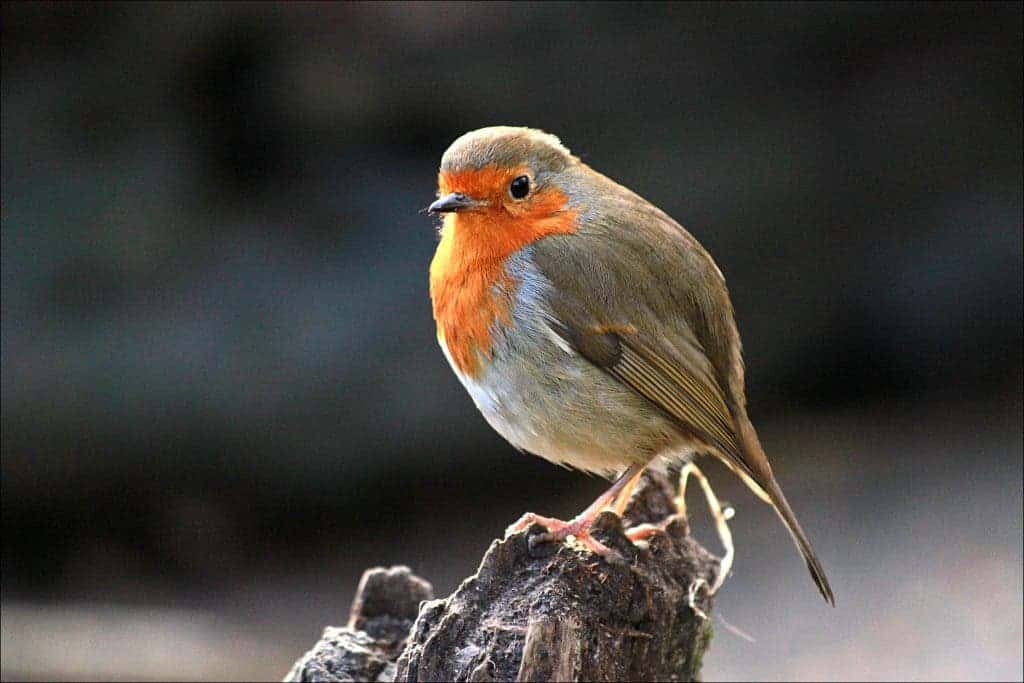Birds migrate thousands of miles without a GPS, using the Earth’s magnetic field to orient themselves. It’s been a long mystery how they were able to do this, but now, scientists may have found the key reason behind it: a molecule in the eye that’s sensitive to magnetism and gives birds a working internal compass.

Quantum birds
A group of biologists, chemists, and physicists tested a 40-years old theory according to which a light-sensitive molecule interacts with the Earth’s magnetic field via a quantum chemical process. To do this, they looked at a light-sensitive protein called cryptochrome 4 (CRY4) from the retina of European robins (Erithacus rubecula).
“We think we may have identified the molecule that allows small migratory songbirds to detect the direction of the Earth’s magnetic field, which they undoubtedly can do, and use that information to help them navigate when they migrate thousands of kilometres,” Peter Hore, researcher and co-author of the paper, told BBC News.
European robins live throughout Europe, Russia and western Siberia. Some migrate south every northern hemisphere winter, for example from Scandinavia to the United Kingdom, and return in spring. Many migrating robins are faithful to both their summer and winter territories, which may be many hundreds of kilometers apart.
Previous studies have shown that certain species of birds use Earth’s magnetic fields when they migrate. Suspicion had fallen on the CRY4, a light-sensitive protein, and the first one identified in animals that evolved specifically to detect magnetic fields. It’s part of a class of proteins known as cryptochromes, involved in the workings of circadian rhythms.
Now, researchers managed to isolate the molecule from robins and showed that it is sensitive to magnetic fields. In the presence of light, electrons can jump between different parts of CRY4 and between it and another molecule called flavin adenine dinucleotide (FAD), ultimately leading to the production of a compound called CRY4-FADH.
Changes in the level of the compound may allow light-sensitive cells in the eye to alter their output, making the view lighter or darker, depending on the direction and strength of the magnetic field in the bird’s field of vision, Henrik Mouritsen, co-author, told New Scientist. “You may be able to see where north is as kind of a shading on whatever else you would be seeing,” he said.
For comparison, the researchers also looked at CRY4 proteins from chickens and pigeons, which are not migratory birds, but do contain this light-sensitive protein. Each species has a slightly different version of the molecule, and the team found that these two are less affected by magnetism. This suggests that the version of the molecule in migratory birds has been fine-tuned to amplify its sensitivity.
While the findings are exciting, the study hasn’t demonstrated that CRY4 is being used for magnetic sensing in real life. The researchers only looked at this molecule in isolation. Nevertheless, the fact that the molecule is more magnetically-sensitive in robins than in birds such as chickens that don’t migrate makes them optimistic about their findings.
The study was published in the journal Nature.









